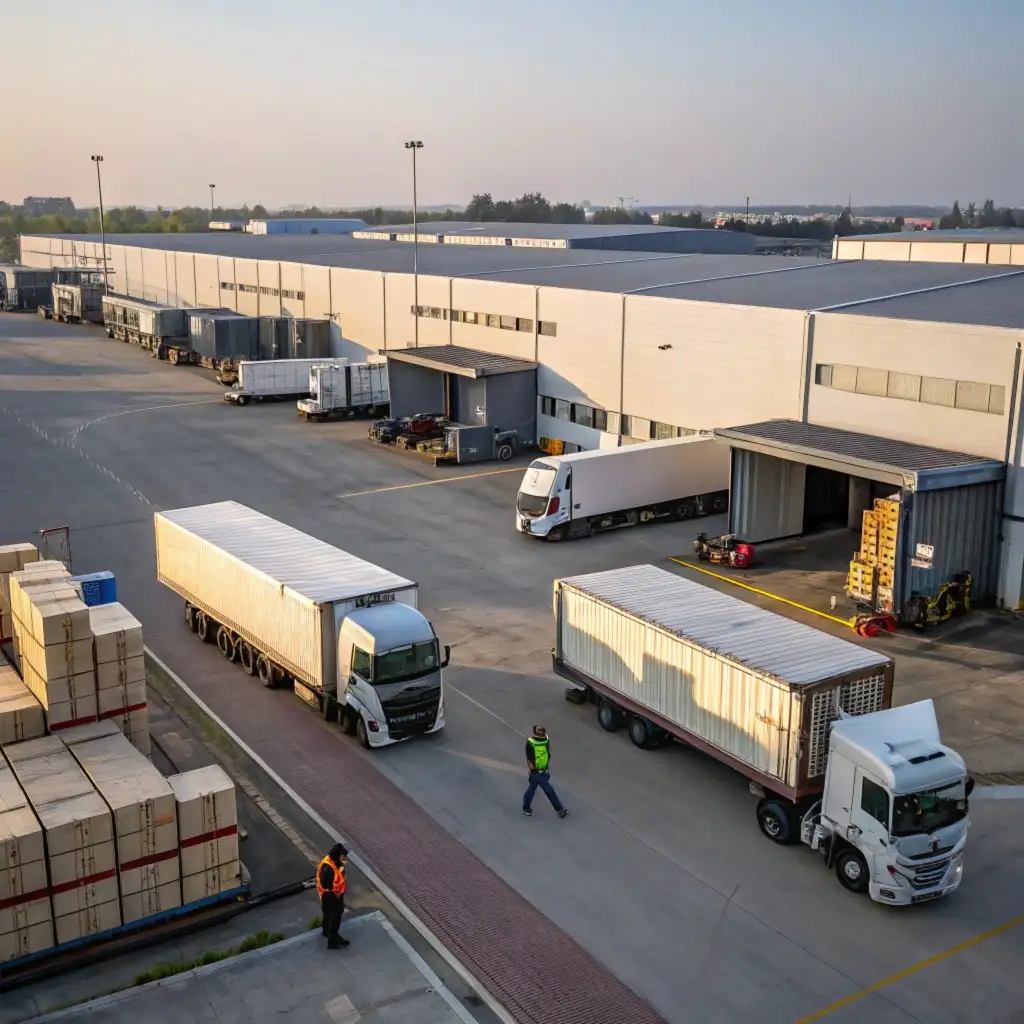Introduction
In today’s globalized economy, efficient and reliable logistics is paramount for businesses of all sizes. From small businesses to multinational corporations, seamless transportation and supply chain management are essential for success.
Understanding Logistics
Logistics is the management of the flow of goods and services, involving the planning, implementation, and control of the efficient, effective flow and storage of goods from point of origin to point of consumption to meet customer requirements.
Key Components of Logistics
- Transportation: The movement of goods from one location to another, including modes like road, rail, air, and sea.
- Warehousing: The storage of goods in warehouses or distribution centers.
- Inventory Management: The control of inventory levels to ensure optimal stock levels.
- Packaging: The protection and presentation of products.
- Customs and Border Clearance: The process of clearing goods through customs and border control.

The Role of Logistics in Supply Chain Management
Logistics plays a crucial role in supply chain management by ensuring the smooth flow of goods and services from suppliers to customers. It involves coordinating various activities, such as procurement, production, and distribution, to optimize the entire supply chain.
Challenges and Opportunities in the Logistics Industry
The logistics industry faces numerous challenges, including rising fuel costs, global trade tensions, and supply chain disruptions. However, it also presents significant opportunities for innovation and growth.
Emerging Trends in Logistics
- E-commerce Logistics: The rapid growth of e-commerce has led to increased demand for efficient and fast delivery services.
- Supply Chain Visibility: Real-time tracking and visibility of shipments are becoming increasingly important.
- Sustainable Logistics: The logistics industry is focusing on reducing its environmental impact through sustainable practices.
- Automation and Robotics: Automation and robotics are being used to improve efficiency and productivity in warehouses and distribution centers.
Conclusion
By understanding the complexities of logistics and embracing emerging trends, businesses can optimize their supply chains, reduce costs, and improve customer satisfaction.




